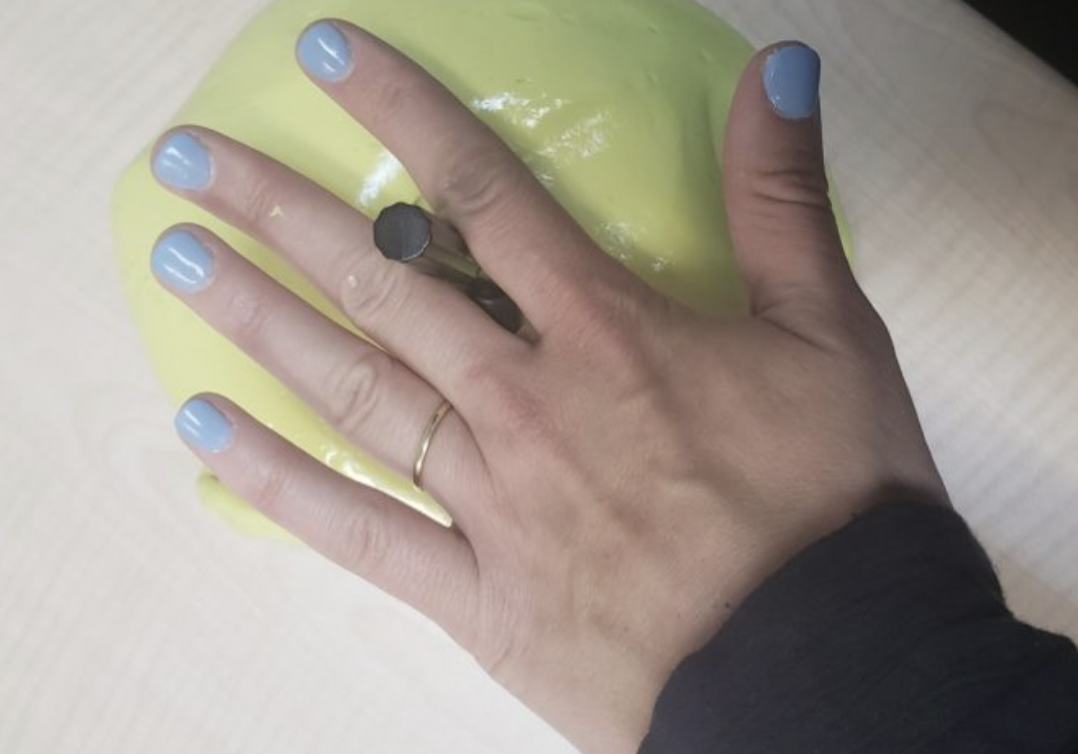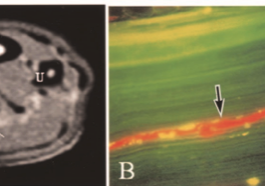THE SENSITIVITY AND SPECIFICITY OF ULTRASOUND FOR THE DIAGNOSIS OF CARPAL TUNNEL SYNDROME: A META-ANALYSIS
Filed under Diagnoses
Fowler, J. R., Gaughan J. P., & Ilyas, A.M. (2011). The sensitivity and specificity of ultrasound for the diagnosis of carpal tunnel syndrome: A meta-analysis. Clinical Orthopedics and Related Research, 469(4), 1089-1094.
The Skinny –The authors sought out to determine the sensitivity and specificity of ultrasound therapy for the diagnosis of carpal tunnel syndrome using three scenarios. 1.) using all studies regardless of reference standard 2.) using all studies with electrodiagnostic as the reference standards and 3.) using all studies with clinical diagnosis as the gold standard.
In the Weeds – The authors found a total of 19 articles that were included in the review. Remember, sensitivity indicates a true positive rate and specificity indicates a true-negative rate.
They found the sensitivity and specificity of ultrasound was 77.6% (71.6%-83.6%) and 86.8% (78.9%-94.8%), respectively.
They found the sensitivity and specificity of electrodiagnostic testing to be 80.2% (71.3-89.0) and 78.7% (66.4-91.1, respectively).
Bringing it Home– Ultrasound showed a higher specificity but electrodiagnostic had a slightly higher sensitivity. Although ultrasound may not replace electrodiagnostic testing as the most sensitive tool for diagnosing carpal tunnel, it may be a feasible alternative to electrodiagnostic testing as a first line confirmatory test.
Overall a very nicely done study however it was not without its limitation. There was a lack of heterogeneity among the studies reviewed. Both, ultrasound and electrodiagnostic testing it very operator dependent. The upside of ultrasound is it can be performed very quickly, it is often less expensive, and off course it is essentially pain-free.
–
More To Read
5 return-to-cooking activities (that don’t require a kitchen)
Hand therapy can and should be very occupation-based. Every week, we hear comments from patients that back that statement up: “I need to get back to work” “I just want to golf again” “I can’t even open a water bottle” “My spouse has to do all of the cooking” Although standard exercises are helpful, it’s…
Read MoreIntrinsic Hand Strengthening with Puttycise Tools
We are always looking for ways of the intrinsic hand strengthening. It is easy to overlook the importance of these small but mighty muscles. They are essential to performing functional grasps patterns. They can become weak in a short period of time due to their small size. So, How does intrinsic strengthening work?! The Basics…
Read MoreMechanism of Interneural Edema in Carpal and Cubital Tunnel
Mechanism of Interneural Edema Over the last few weeks I have been learning about ultrasonic imaging and carpal tunnel syndrome. When reviewing carpal tunnel syndrome, I learned that intraneural edema is a common sign of compression injuries such as carpal tunnel and cubital tunnel. There are numerous causes of carpal tunnel syndrome, and every scenario…
Read MoreSign-up to Get Updates Straight to Your Inbox!
Sign up with us and we will send you regular blog posts on everything hand therapy, notices every time we upload new videos and tutorials, along with handout, protocols, and other useful information.





